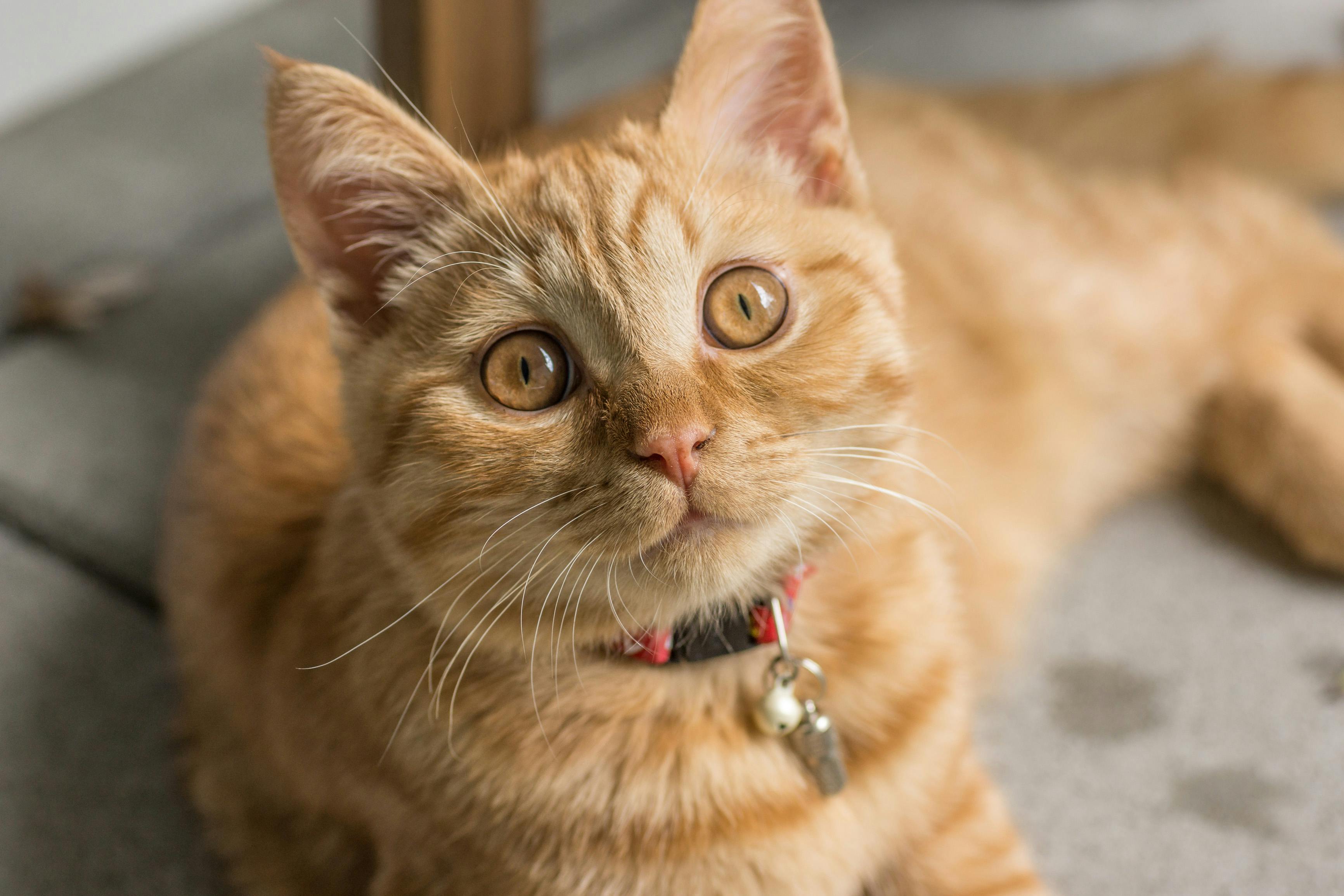Longevity: Long horns have an incredibly long lifespan. Many live beyond 20 years and some produce beyond 25 or 30 years. This longevity means that the rancher can keep cows longer and sell more young cattle for a profit.
Ease of delivery: As a breed, the average longhorn cattle have a 99% unattended calving rate. Calves are typically smaller and weigh less than the average commercial beef cow. The shape of the head and shoulders is more tapered to better fit the pelvic opening of the cow. This makes calving easier and faster with little stress on the cow or calf. Usually the calf is up and running before the farmer knows it has been born. In the twelve years that I have been raising Texas Longhorn cattle, I have yet to see a calf hatch. I have found them only a few minutes old, but I have never seen an actual birth.
Disease resistance: Long horns are more resistant to common livestock diseases such as conjunctivitis and foot rot. This means fewer vet visits and fewer vaccinations, reducing your entry costs. I have never had a case of conjunctivitis, eye or foot cancer in my longhorn cattle.
Lean meat: Texas longhorn beef is leaner and lower in cholesterol than boneless, skinless chicken breast with more necessary amino acids and nutrients. (Texas A&M, 1987) This is a great marketing tool for ranchers to use. With our societies moving towards leaner meats and a more health conscious way of eating longhorn beef is a perfect match.
Use of pastures: Longhorn cattle will eat a greater variety of plants and grasses than other beef cattle. The long horns will actually hunt for deer-like trees and shrubs. Therefore, the long horns will make more use of available plant matter to convert them to body weight and reduce the need to feed them.
Lower cost of production: Due to the hardy nature of longhorns, they do not require a barn for shelter. Longhorns do very well, even in winter if they have shelter from the wind and some trees to protect them from the summer sun. My Texas longhorn cattle live in the pasture year-round in the foothills of the Rocky Mountains where my ranch is located, and they are doing very well.
Hybrid vigor: Crossing longhorn cattle with other meat breeds introduces hybrid vigor in the resulting offspring. This means that the calves that result from the crossing will grow faster and will have characteristics that make them generally better. My neighbor uses a longhorn bull on all of his early Herford calf heifers and has been very impressed with the quality of the calves he gets.



